Transporting a vehicle requires meticulous preparation and execution to ensure safety and security. At CarMax Vehicle, we understand the intricacies involved in securing a car to a trailer effectively. This guide delves into the essential steps and best practices to guarantee a smooth and secure vehicle transport experience.
Choosing the Right Trailer for Your Vehicle
Selecting the appropriate trailer is the foundational step in vehicle transportation. The right trailer not only accommodates your car but also ensures its safety during transit.
Types of Trailers
- Enclosed Trailers: Offer complete protection from the elements, ideal for high-value or classic cars.
- Open Trailers: More affordable and accessible, suitable for everyday vehicles and short-distance moves.
- Flatbed Trailers: Versatile and strong, perfect for larger vehicles or those with non-standard dimensions.
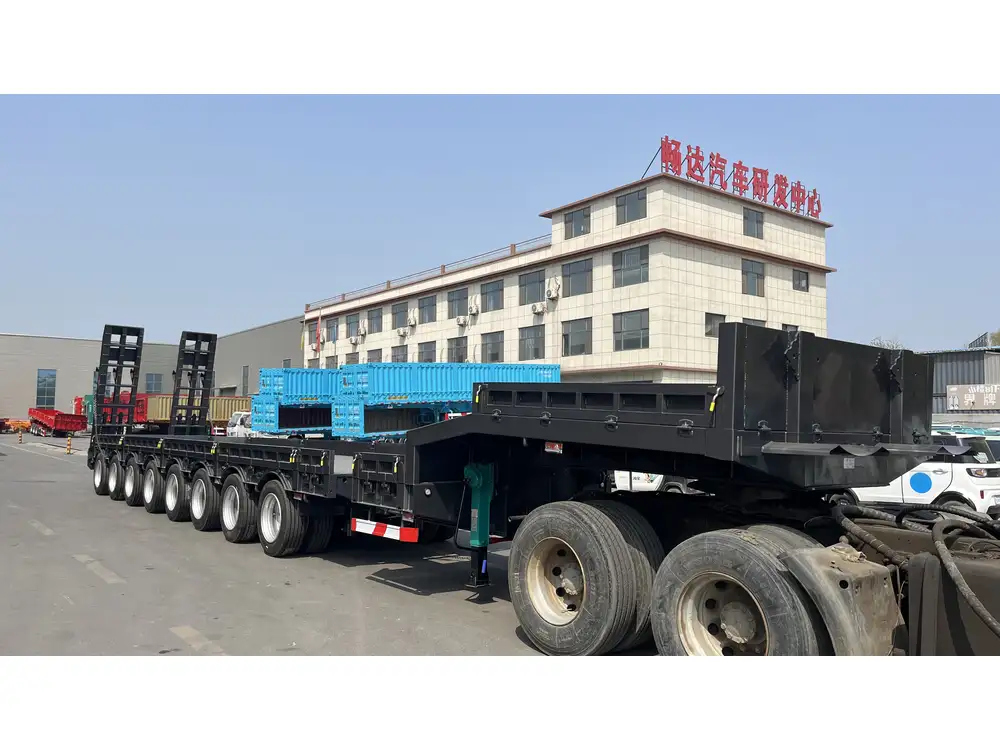
Capacity and Weight Considerations
Understanding the weight capacity of your trailer is crucial. Exceeding the maximum load can compromise the trailer’s integrity and driver safety.
- Light-Duty Trailers: Suitable for compact cars and motorcycles.
- Medium-Duty Trailers: Accommodate sedans, SUVs, and small trucks.
- Heavy-Duty Trailers: Designed for larger vehicles, including trucks, vans, and buses.
Features of CarMax Trailer Models
CarMax Trailers are engineered with precision to meet diverse transportation needs:
- Robust Frame Construction: Ensures durability and longevity.
- Integrated Tie-Down Systems: Facilitates secure attachment of vehicles.
- Anti-Sway Mechanisms: Enhances stability during transit.
- Customizable Options: Allows for tailored configurations based on specific requirements.
Preparing Your Vehicle and Trailer for Transport
Proper preparation minimizes risks and facilitates a seamless transport process.
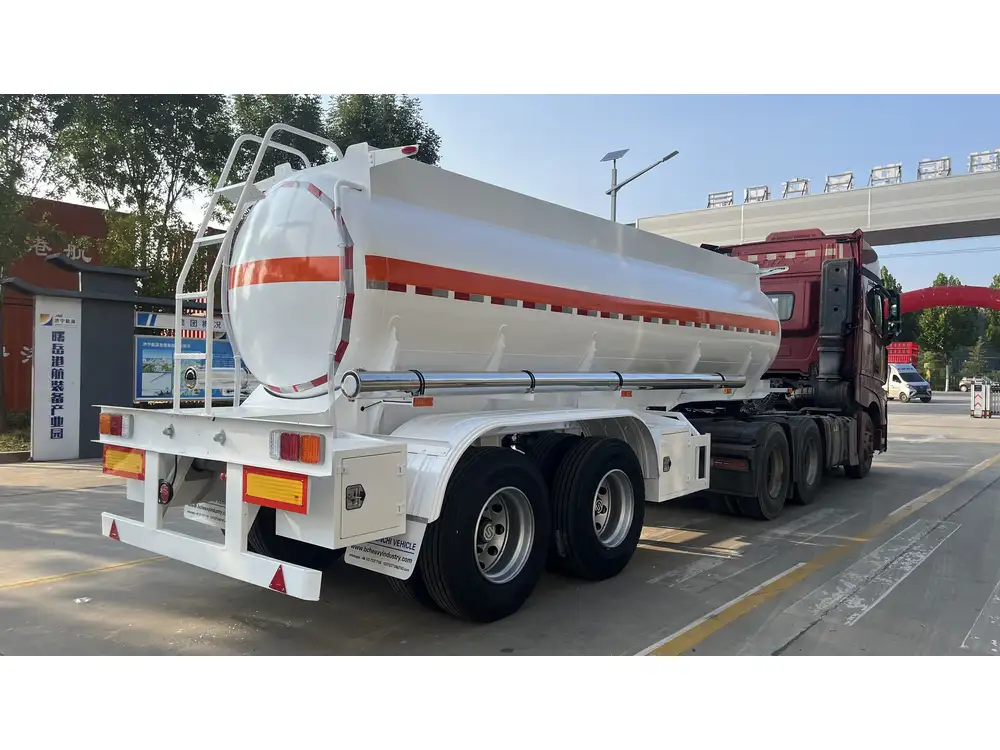
Vehicle Inspection
Before loading, conduct a thorough inspection of your vehicle:
- Check for Leaks: Ensure there are no fluid leaks that could cause hazards.
- Secure or Remove Loose Parts: Tighten any loose components or remove protruding parts.
- Disable Alarms and Security Systems: Prevent accidental activation during transport.
Trailer Inspection
Ensure your CarMax Trailer is in optimal condition:
- Tire Condition: Verify tire pressure and tread depth.
- Braking System: Test the brakes to ensure they are functioning correctly.
- Lighting and Electrical Systems: Confirm all lights are operational for safety compliance.
Necessary Tools and Equipment
Equip yourself with the essential tools for a safe tow:
- Tie-Down Straps: High-strength ratchet straps for securing the vehicle.
- Wheel Chocks: Prevent the vehicle from moving during transport.
- Lap Bars: Provide additional stability for the vehicle.
- Ratchet Tie-Downs: Offer precise tensioning for straps.

Positioning the Car on the Trailer Correctly
Proper alignment is critical to maintain balance and prevent shifting during transport.
Centering the Vehicle
- Symmetrical Placement: Position the car so that its weight is evenly distributed on the trailer.
- Alignment with Trailer Axles: Ensure the vehicle’s center of gravity aligns with the trailer’s axles for optimal stability.
Alignment Techniques
- Use of Guides: Utilize trailer guides or rails to assist in centering the vehicle.
- Assistance from Helpers: Having an extra set of hands can ensure precise placement.
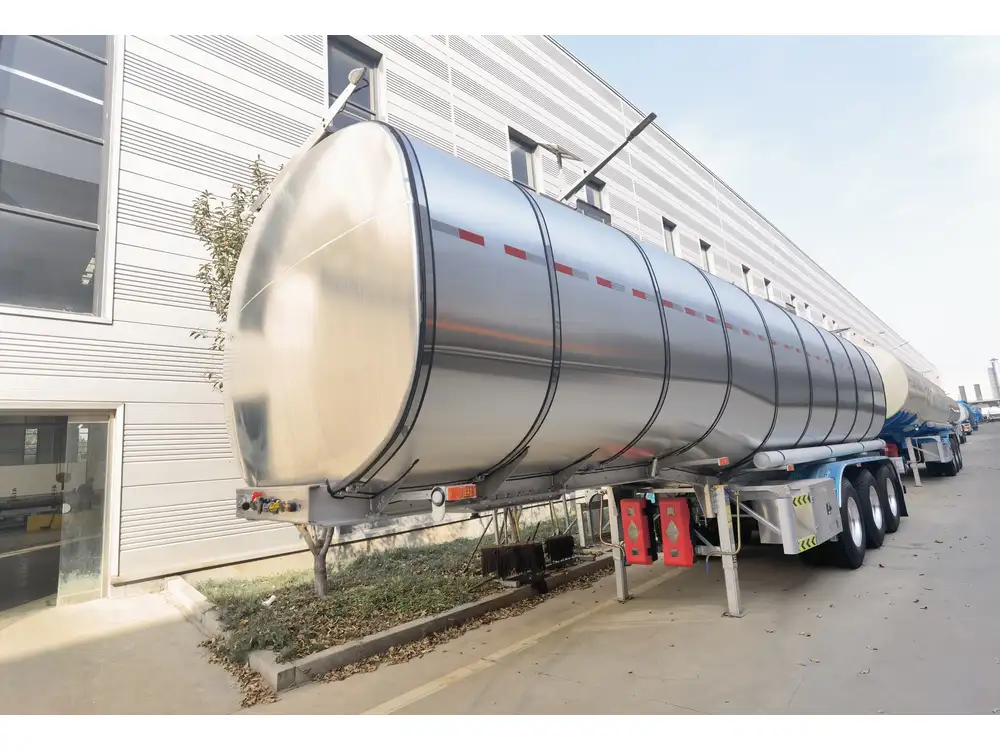
Utilizing Guides and Ramps
- Ramps: Ensure they are securely attached and provide a stable incline for the vehicle.
- Guides: Prevent the car from sliding off the trailer during loading.
Securing the Vehicle: Step-by-Step Process
A systematic approach to securing your car ensures maximum safety.
Using Tie-Down Straps
- Attach to Anchor Points: Secure straps to the designated anchor points on both the trailer and the vehicle.
- Cross-Strapping: Implement a crisscross pattern to distribute tension evenly.
- Ensure No Slippage: Regularly check that straps remain tight throughout the journey.

Anchor Points and Their Locations
CarMax Trailers are equipped with multiple anchor points strategically placed for optimal tie-down:
- Front and Rear: Located near the bumpers for balanced securing.
- Side Mounts: Provide additional attachment options for enhanced stability.
- Frame Attachments: Offer robust points for heavy-duty straps.
Tensioning Straps Properly
- Avoid Over-Tensioning: Prevents damage to the vehicle and trailer.
- Consistent Tightness: Ensures even pressure distribution to maintain vehicle position.
Ensuring Vehicle Stability During Transit
Maintaining stability is paramount to prevent accidents and damage.
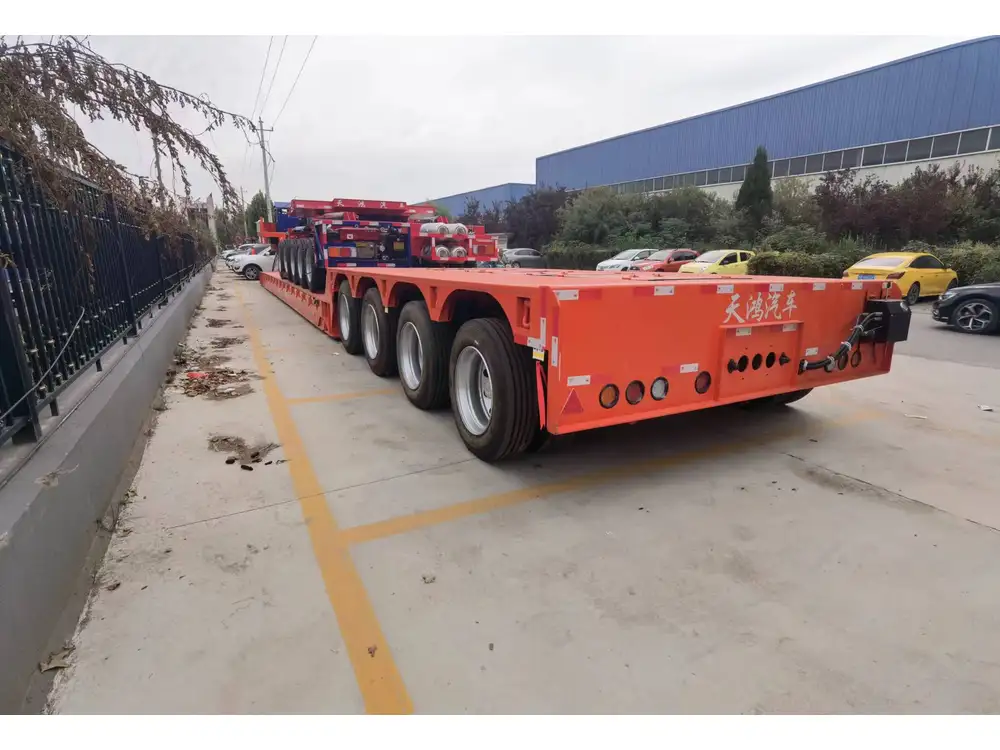
Balancing Weight Distribution
- Even Weight Distribution: Prevents trailer swaying and enhances maneuverability.
- Load Placement: Position heavier components over the trailer axles.
Checking for Movement
- Periodic Inspections: Stop at regular intervals to check and adjust straps as needed.
- Vibration Dampeners: Use to minimize movement caused by road vibrations.
Final Safety Checks
- Double-Check All Attachments: Ensure every strap and chock is secure.
- Verify Brake Functionality: Confirm that both vehicle and trailer brakes respond correctly.
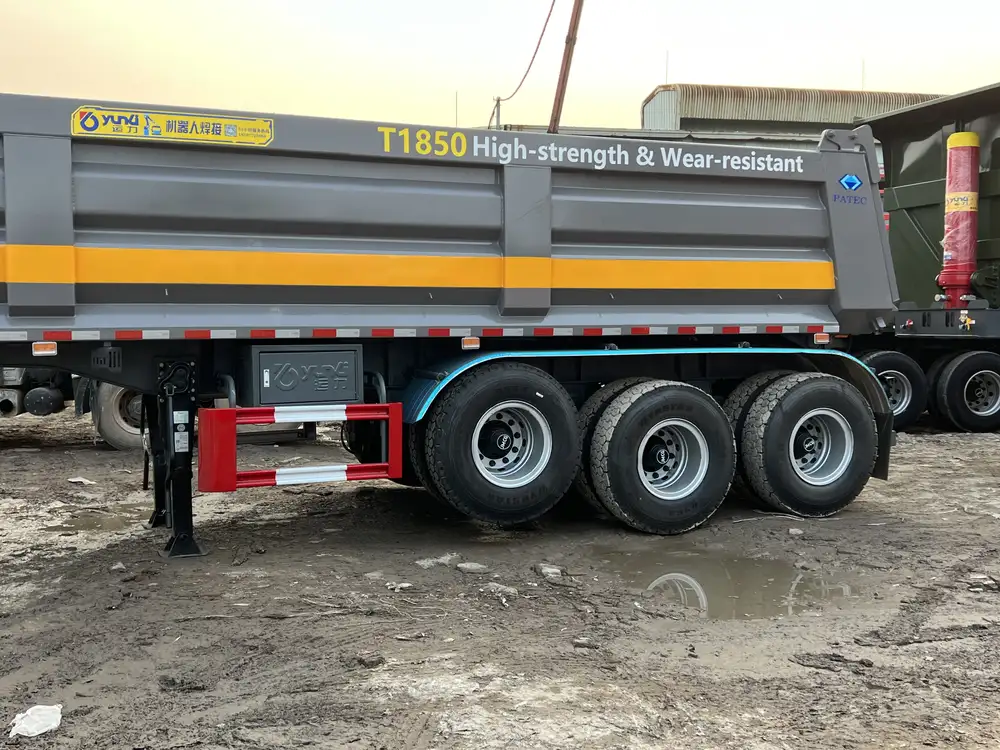
Safety Tips and Best Practices
Adhering to safety protocols reduces the risk of mishaps during transport.
Regularly Inspecting Straps and Attachments
- Pre-Transport Inspection: Examine all straps for wear and tear.
- Post-Transport Maintenance: Clean and store straps properly to extend their lifespan.
Weather Considerations
- Rain and Snow: Use waterproof straps and covers to protect the vehicle.
- Windy Conditions: Secure all loads extra tightly to prevent shifting.
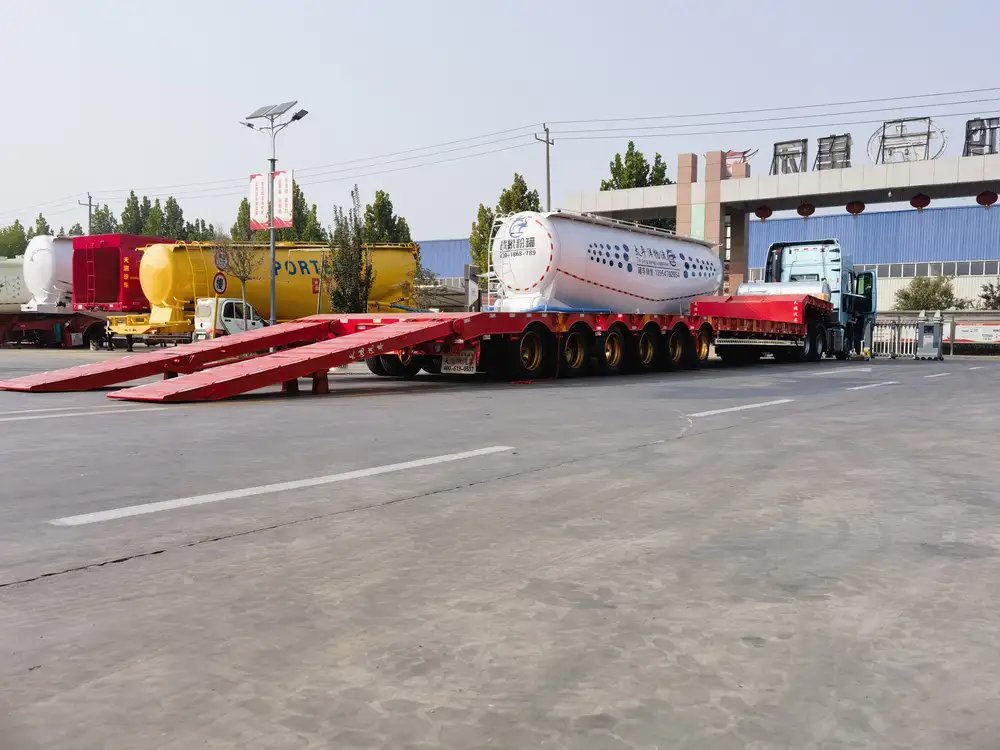
Legal Requirements and Regulations
- Weight Limits: Adhere to state and federal regulations regarding trailer load capacities.
- Lighting and Signage: Ensure all required lights and reflectors are functional and visible.
Common Mistakes to Avoid When Securing a Car
Avoiding common pitfalls can significantly enhance transport safety.
Overloading the Trailer
- Stay Within Capacity: Exceeding weight limits can lead to trailer failure and increased stopping distances.
- Distribute Weight Evenly: Prevents imbalance and reduces wear on trailer components.
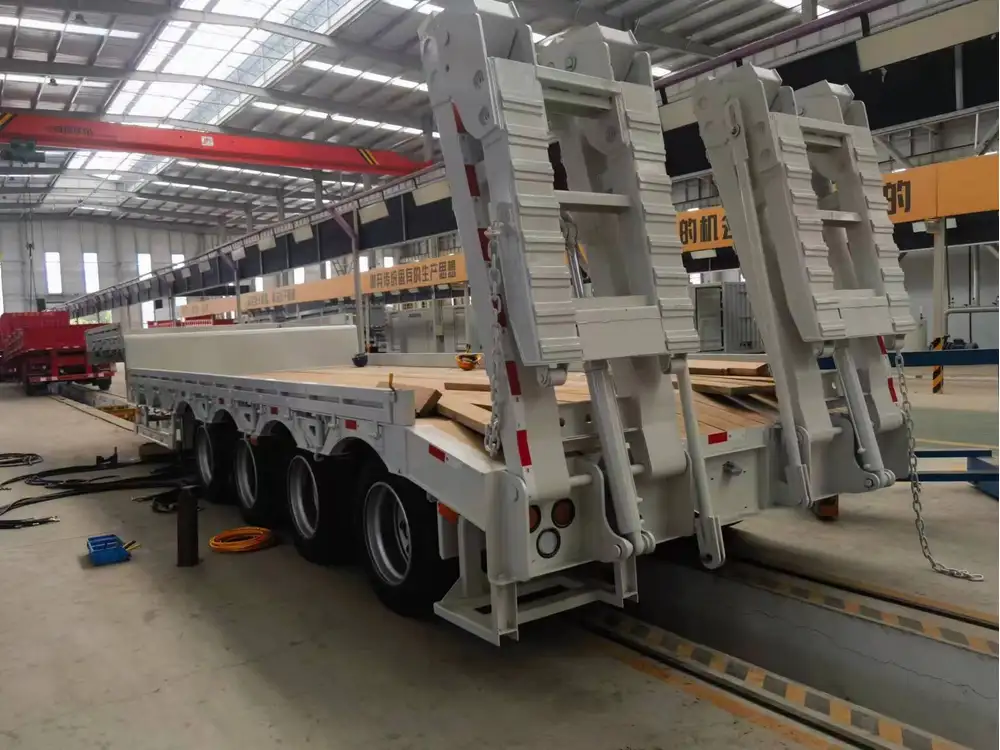
Inadequate Tie-Downs
- Use Sufficient Straps: Ensure enough straps are used to cover all critical points.
- Check for Stretching: Replace any straps that show signs of stretching or weakening.
Poor Vehicle Positioning
- Avoid Off-Center Loading: Ensures better control and reduces the risk of tipping.
- Secure All Points: Prevents any part of the vehicle from lifting or shifting.
Maintenance and Care for Your Trailer
Proper maintenance extends the lifespan of your trailer and ensures reliable performance.

Routine Inspections
- Daily Checks: Inspect tires, lights, and brake systems before each use.
- Weekly Maintenance: Perform a more thorough examination of the trailer’s frame and attachment points.
Cleaning and Storage Tips
- Regular Cleaning: Remove dirt, salt, and debris to prevent corrosion.
- Proper Storage: Store trailers in dry, sheltered areas to protect against the elements.
Longevity of CarMax Trailers
CarMax Trailers are built to last with high-quality materials and engineering. Regular maintenance and proper usage ensure they remain in excellent condition for years.
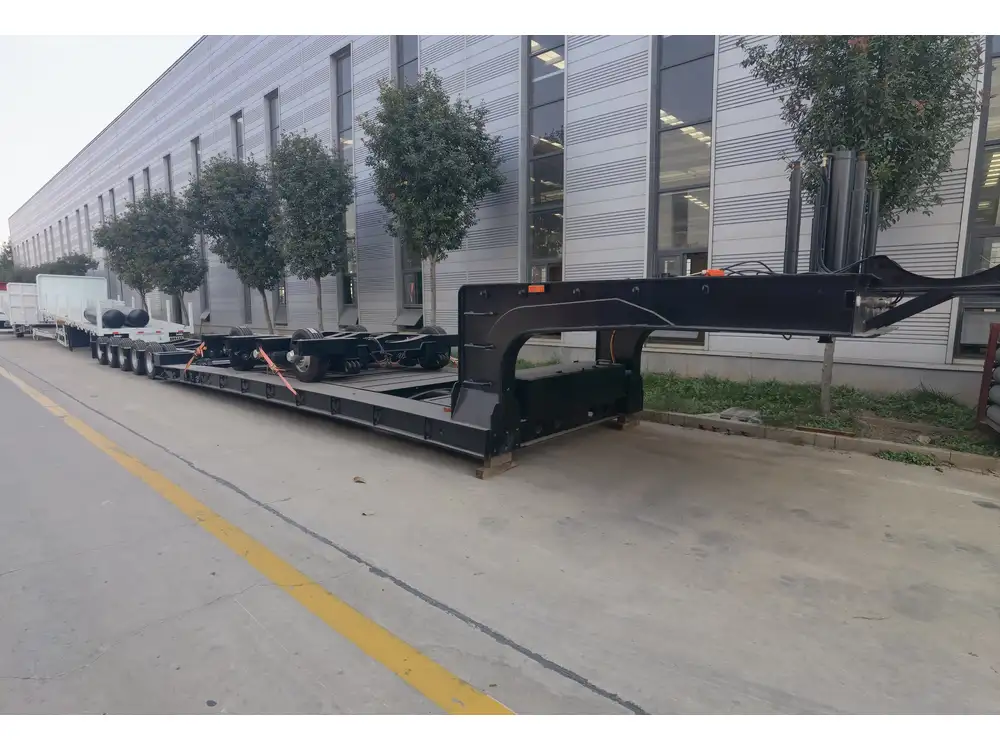
Comparison Table: Different Trailer Types and Their Suitability
| Trailer Type | Best For | Key Features | CarMax Trailer Models Suitable |
|---|---|---|---|
| Enclosed Trailer | High-value or classic cars | Full protection, secure interior | CarMax Protector Series |
| Open Trailer | Everyday vehicles, short haul | Accessible loading, cost-effective | CarMax OpenMaster Series |
| Flatbed Trailer | Large or non-standard vehicles | Versatile, heavy-duty construction | CarMax FlatGuard Series |
Pre-Transport Checklist
Ensure you have everything ready before loading your vehicle:
- [ ] Choose the appropriate CarMax Trailer model
- [ ] Inspect vehicle and trailer condition
- [ ] Gather all necessary tie-down straps and equipment
- [ ] Position the trailer in a safe, level area
- [ ] Confirm weight distribution and balance
- [ ] Conduct final safety checks before departure
Conclusion
Securing a car to a trailer is a task that demands attention to detail and adherence to best practices. At CarMax Vehicle, our expertise and high-quality trailers provide the foundation for safe and efficient vehicle transportation. By following the comprehensive steps outlined in this guide, you can ensure that your vehicle reaches its destination securely and without incident.

FAQs
1. How do I choose the right size of CarMax Trailer for my car?
Selecting the right trailer size involves considering your car’s dimensions and weight. CarMax Trailers come in various sizes and load capacities to accommodate different vehicle types. Refer to our size charts and consult with our experts to make an informed decision.
2. What types of tie-down straps are recommended for securing a vehicle?
High-strength ratchet straps are recommended for their durability and ease of use. CarMax Trailers are equipped with multiple anchor points to accommodate various strap configurations, ensuring secure attachment.
3. Can I transport a non-running vehicle on a CarMax Trailer?
Yes, CarMax Trailers are designed to transport both running and non-running vehicles. Ensure the vehicle is properly secured with tie-down straps and wheel chocks to prevent movement during transit.
4. How often should I inspect my trailer’s tie-down points?
Regular inspections should be conducted before and after each transport session. Additionally, perform routine maintenance checks to ensure all tie-down points are free from damage and securely attached.
5. What safety measures should I take when driving with a secured vehicle on a trailer?
Maintain a steady speed, avoid sudden maneuvers, and allow extra braking distance. Regularly check your straps and connections during long trips to ensure continued security.



